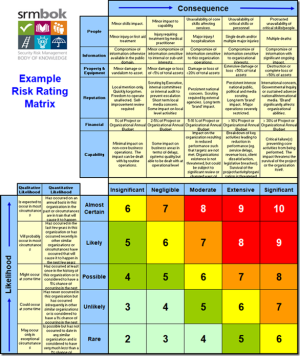A commentary by WHS Lawyer Greg Smith – first published here: https://mysafetythoughts.com/2016/10/29/welcome-to-the-intellectual-vacuum-that-is-political-comment-on-whs/
Welcome to the intellectual vacuum that is political comment on WHS
Today (29 October 2016) the ABC had an article on the ongoing coverage (image source) of the tragic loss of lives at Dreamworld in Queensland.
 I have commented before about the disconnect between the loss of life in this workplace accident and the near weekly loss of life in Australian workplaces that the coverage of this incident highlights. That disconnect was underscored by a picture of the Federal Opposition Leader, Bill Shorten, laying flowers outside Dreamworld. I do not begrudge Mr Shorten the opportunity to express his condolences (or advance his political position depending on your level of cynicism), but I cannot recall too many times political leaders have given similar public displays of solidarity when people die at our construction, mining, agricultural or any other workplaces.
I have commented before about the disconnect between the loss of life in this workplace accident and the near weekly loss of life in Australian workplaces that the coverage of this incident highlights. That disconnect was underscored by a picture of the Federal Opposition Leader, Bill Shorten, laying flowers outside Dreamworld. I do not begrudge Mr Shorten the opportunity to express his condolences (or advance his political position depending on your level of cynicism), but I cannot recall too many times political leaders have given similar public displays of solidarity when people die at our construction, mining, agricultural or any other workplaces.
But what has prompted this article is the simplistic, reactive, leaderless response that politicians trot out in the face of these types of events.
The ABC Article reports Queensland Premier Annastacia Palaszczuk as saying:
“It is simply not enough for us to be compliant with our current laws, we need to be sure our laws keep pace with international research and new technologies,”
“The audit will also consider whether existing penalties are sufficient to act as deterrents, and whether these should be strengthened to contain provisions relating to gross negligence causing death.
“Because we all know how important workplace safety is and how important it is to have strong deterrents.
“That’s why Queensland has the best record in Australia at prosecuting employers for negligence – and we are now examining current regulations to see if there are any further measures we can take to discourage unsafe practices.”
The idea that we “should not be compliant with our current laws” is both a nonsense and a failure of policy makers to properly accept the findings of the Robens Report published in the mid-1970’s. The reason our laws cannot keep pace with “international research and new technologies”, is because governments continue to insist on producing highly prescriptive suites of regulation which in most cases are adopted by organisations as the benchmark for “reasonably practicable”.
For most businesses, particularly small and medium-sized businesses, technical compliance with regulation is the high-water mark of safety management – an approach reinforced by the “checkbox” compliance mentality of many regulators.
WHS legislation is a leading example of this failure of policy, in so far as it increased the number of regulations in most of the jurisdictions where it has been implemented.
Flexible, innovative safety management requires a regulatory framework that promotes it, not limits or discourages it. How can a regulator have any credibility when it calls on industry to keep pace with “international research”, when it continues to define safety performance through the publication of lost time and other lag injury rates?
Ms Palaszczuk then adopts the standard “tough on safety” call to arms, without taking the time to recognise inherent contradictions in what she is saying. She boasts that “Queensland has the best record in Australia at prosecuting employers for negligence”, but hints at tougher penalties still.
If the considerable penalties under the WHS Legislation and the “best record” of prosecuting employers are not a sufficient deterrent, why would “tougher” and “better” be any different?
I have written about these types of matters before, and would just ask that before policymakers go charging off in pursuit of higher penalties and more prosecutions, we stop and take the time to see if this tragedy can provide the opportunity lost during harmonisation and introduction of WHS legislation.
That lost opportunity was a chance to stop and consider the way that we regulate and manage health and safety in this country.
And can we start with the question of whether criminalising health and safety breaches and managing safety through a culture of fear driven by high fines and penalties is the best way to achieve the safety outcomes we want?
What is the evidence proving high penalties and prosecutions improve safety outcomes?
Read more of this article here: https://mysafetythoughts.com/2016/10/29/welcome-to-the-intellectual-vacuum-that-is-political-comment-on-whs/


Do you have any thoughts? Please share them below